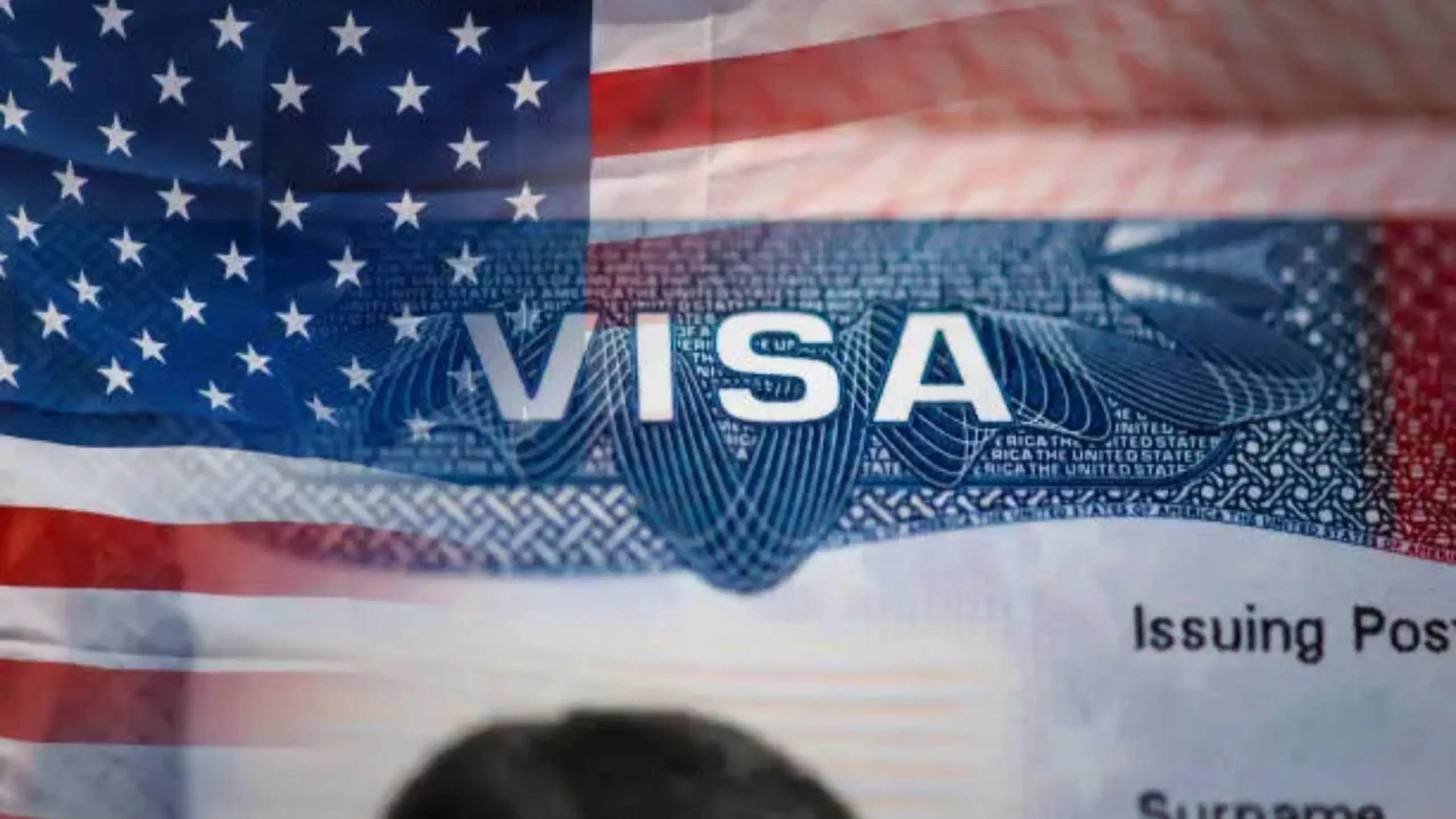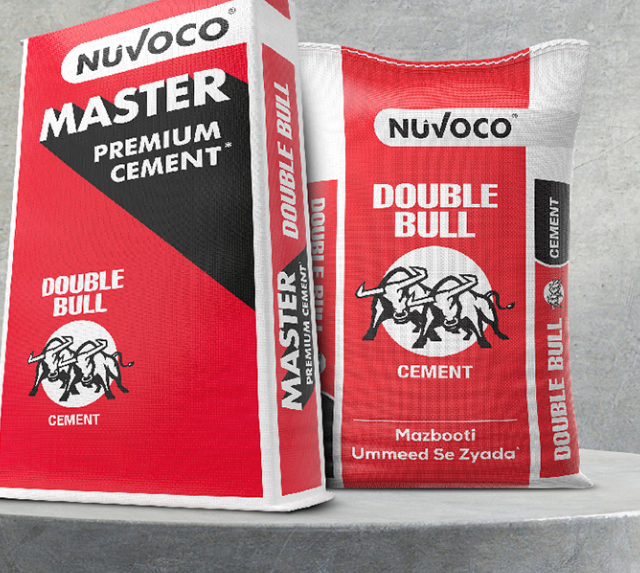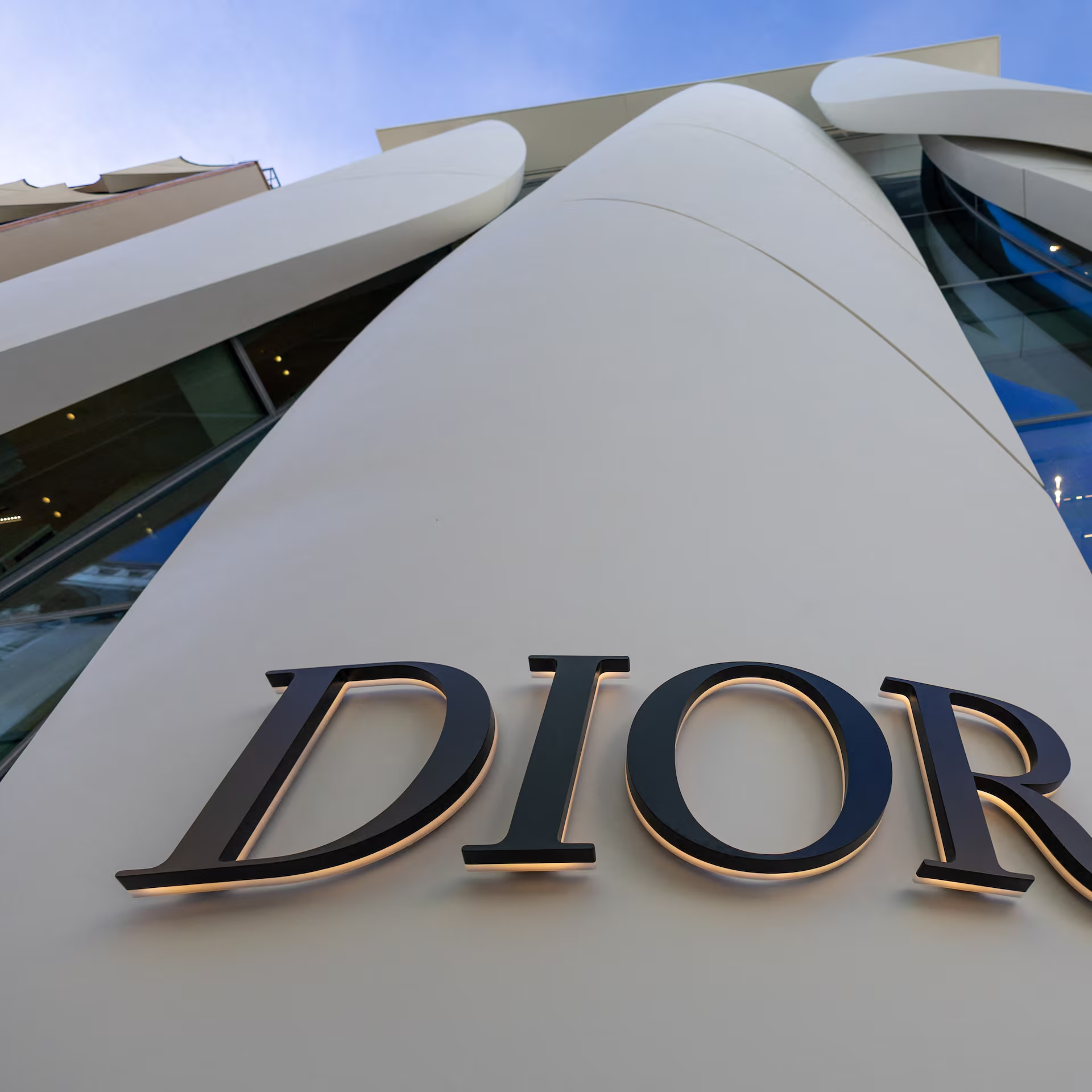At just 25, Soundarya Balasubramani walked away from a dream job at Salesforce. What came next? A bold bet on herself—one that would land her not only entrepreneurial success, but also the coveted U.S. O-1A visa for individuals with extraordinary ability.
Fast forward to today: the founder of The Curious Maverick LLC, Soundarya has built a publishing and community-driven platform from the ground up, and in doing so, tapped into one of the fastest-growing alternative pathways into the U.S. innovation ecosystem.
What Is the O-1 Visa — and Why Is Everyone Suddenly Talking About It?
Once the domain of Hollywood actors and Nobel scientists, the O-1 visa is increasingly being used by tech founders, AI researchers, PhDs, creators, and even physiotherapists to bypass the annual lottery and long wait times of traditional visa routes like the H-1B.
What makes the O-1 visa so appealing?
- No annual lottery
- 93% approval rate
- Fast-track timelines
- No cap on the number of applicants
While the process is more stringent, it’s attracting a new wave of bold, high-achieving professionals—particularly from India.
The Numbers Speak Volumes
- In FY20, around 8,800 O-1 visas were granted.
- By FY23, that number had more than doubled to nearly 19,000.
- India now ranks third globally for O-1 approvals—up from just 487 in FY20 to over 1,400 in FY23.
Why Startups and Tech Giants Are Betting Big on the O-1
From Silicon Valley to Wall Street, U.S. companies are rethinking how they recruit international talent. Visa consultancies say employers are increasingly sponsoring O-1 visas for top researchers and engineers, even investing in their applicants’ profiles—by encouraging publications, conference speaking, and patent filings.
For example, one AI researcher working in the Bay Area avoided the H-1B renewal process entirely by pursuing an O-1 with help from his company. They supported him in contributing to articles and industry events to strengthen his case.
Companies like Google, Tesla, OpenAI, IBM Research, and McKinsey have reportedly embraced this pathway to secure rare global talent—often at a premium cost.
The Price Tag? It’s Not Cheap
- Application and legal fees: $10,000 to $30,000
- By comparison, an H-1B may cost just $970 to $7,700 (plus $2K–$5K legal fees)
But for companies serious about attracting the best minds—especially in high-growth areas like AI, cybersecurity, and clean tech—the ROI is well worth it.
Stories That Inspire
Some standout examples of recent O-1 approvals include:
- A PhD in hardware design with peer-reviewed publications and 50+ citations
- A Bollywood producer with over a decade of experience
- A physiotherapist specializing in elderly care, recognized for their service to the U.S.
- A researcher in music and dance therapy who contributed academic work to national well-being initiatives
The O-1 Boom Has Begun
Visa consultancies are scaling up fast to meet the surge in demand. One firm, Jinee Green Card, is growing from 60 to 300 clients, driven by interest from those who didn’t make the H-1B lottery or are recent STEM grads.
Under the O-1A (STEM) and O-1B (Arts) categories, many applicants are now investing in their personal brands—from academic publications to podcast appearances—to build compelling cases.
What’s Next?
As the U.S. talent war intensifies—especially in AI and frontier tech—the O-1 visa is no longer a niche option. It’s becoming a mainstream strategy for those with the credentials, conviction, and courage to stand out.
And for people like Soundarya, it’s a reminder that the American Dream is still alive—just evolving.


